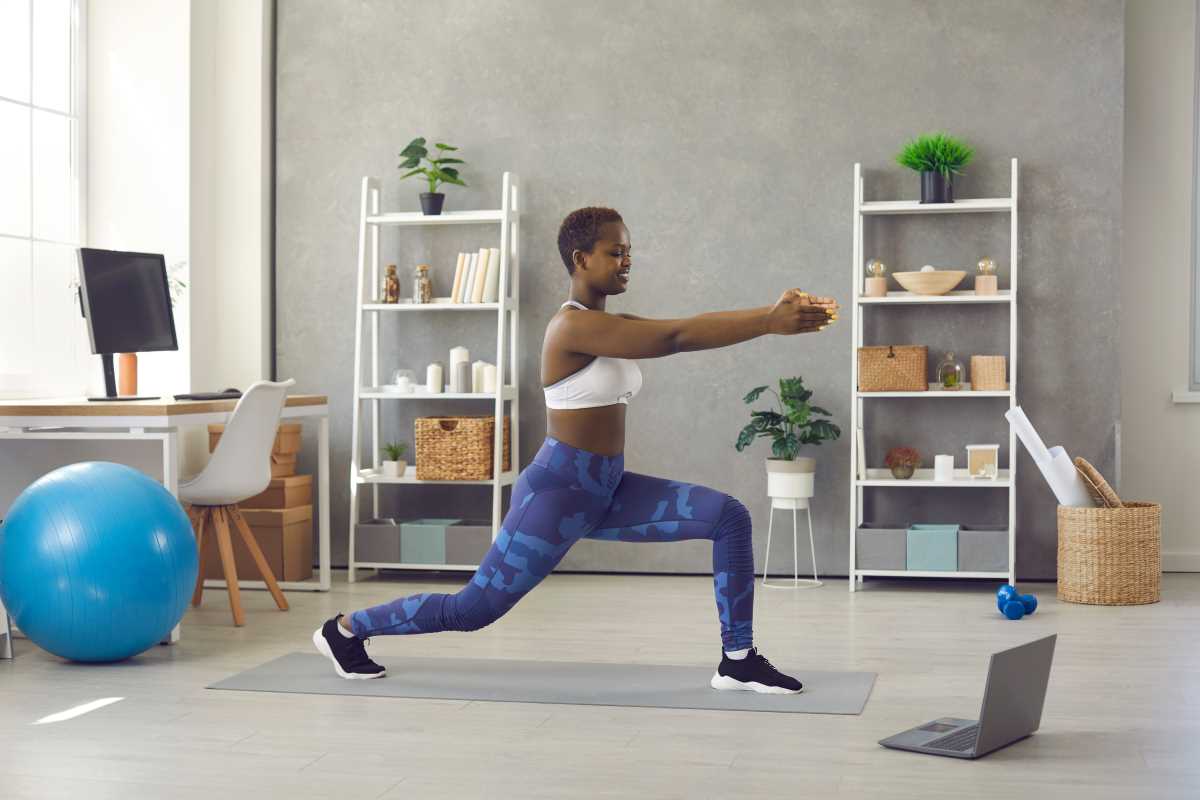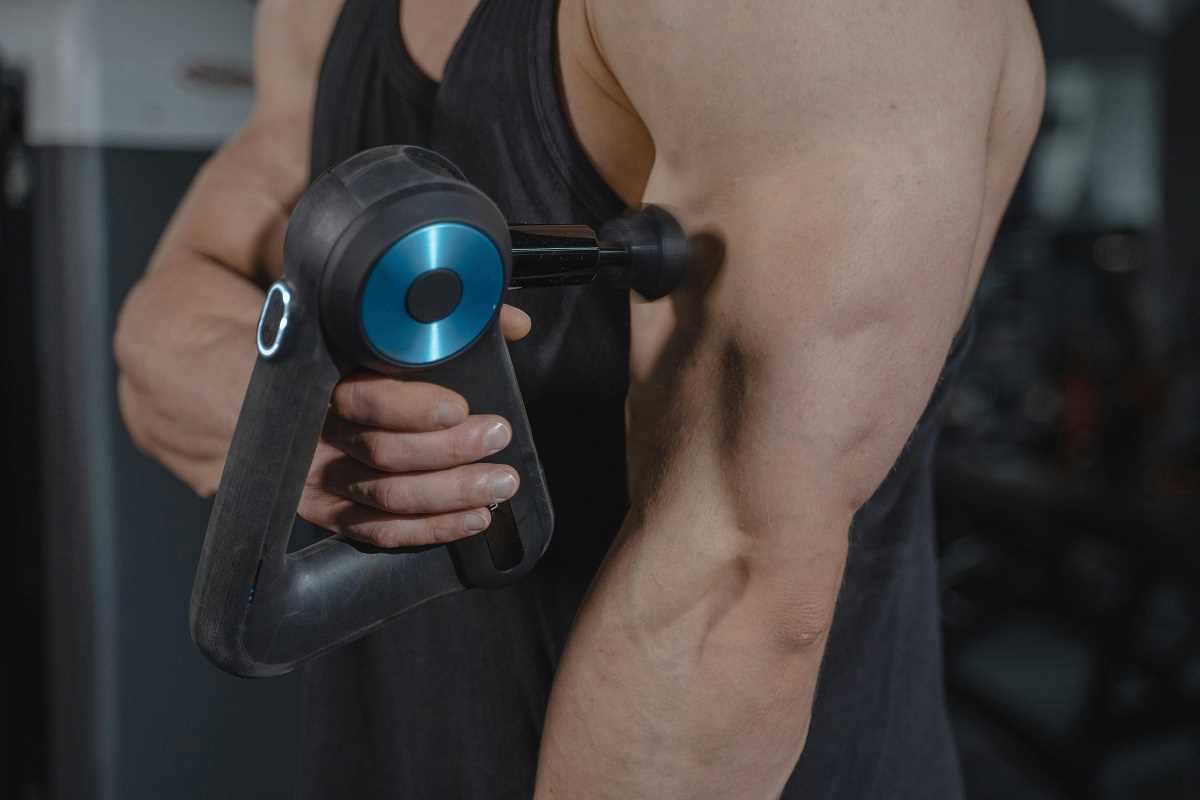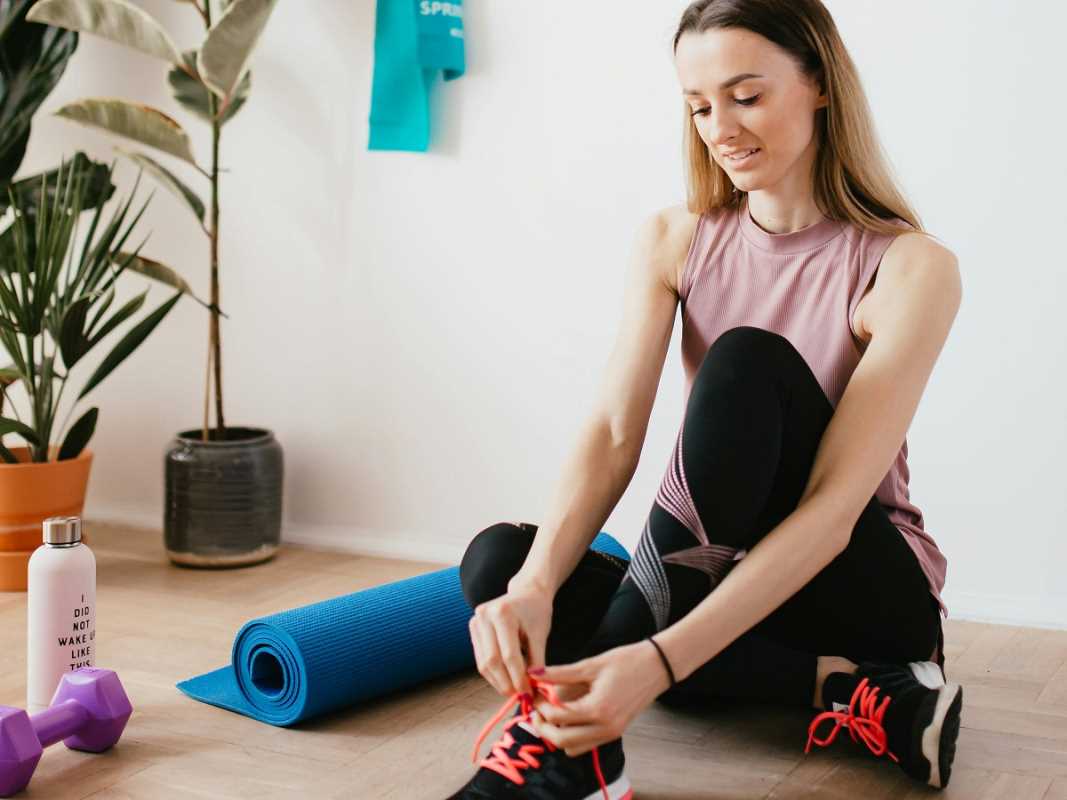When life feels overwhelming, exercise can be one of the best ways to hit the pause button, reset, and find your groove again. But not every workout has to leave you drenched in sweat or gasping for air. Instead, there are fun, stress-reducing workouts that can help you feel more in control and leave your mind refreshed and clear. From punching it out in a boxing class to the gentle flow of yoga, there’s something for everyone.
If you’re looking for ways to move your body while calming your mind, we’ve got you covered. Here are some enjoyable workouts to help reduce stress and bring clarity to your day.
1. Boxing
Feeling a little weighed down by stressors? Enter boxing, the ultimate combination of physical exertion and mental clarity. With every jab, cross, and hook, you’re not just burning calories—you’re channeling all that pent-up tension into something powerful and constructive. Boxing is essentially like therapy with gloves.
Why it works:
- Boxing requires you to focus on technique, form, and rhythm, leaving no room for overthinking or worrying.
- Striking a bag is a surprisingly therapeutic way to channel frustration.
- It’s a cardio workout that can boost endorphins (hello, happy hormones!).
How to get started:
- Join a beginner-friendly boxing class or sign up for a local boxing gym.
- If group classes aren’t your thing, invest in a punching bag or follow online guided boxing workouts.
- Don’t forget your gear! Wrap your hands and wear gloves to avoid any injuries.
Bonus tip? Cue up your favorite high-energy playlist while boxing to really get into the zone.
2. Yoga
Yoga has long been associated with calmness and mental clarity, and for good reason. By linking breath to movement, yoga helps center your mind while giving your body a satisfying stretch. Whether you prefer gentle flows or something with a bit more physical engagement, yoga is a highly adaptable practice.
Why it works:
- Yoga encourages intentional breathing techniques that help lower your heart rate and reduce anxiety.
- Poses like Child’s Pose or Downward Dog stretch out tension in the body.
- The mindful aspect of yoga cultivates a sense of gratitude and calm.
How to get started:
- Look for beginner yoga classes in your area or follow free sessions on YouTube with instructors like Adriene Mishler of “Yoga with Adriene.”
- Consider restorative or yin yoga for a gentler approach that emphasizes longer holds and deep relaxation.
- Roll out a comfortable yoga mat and designate a quiet corner of your home for an instant mini-zen space.
For even more stress relief, try yoga outdoors. Practicing under the sun or near a beach can be incredibly meditative and uplifting.
3. Dance Workouts
Who says exercise has to feel like work? Dance workouts are a playful, uplifting way to get your body moving and chase away any stress. Whether it’s Zumba, hip hop, or even some TikTok-inspired choreography, dancing encourages self-expression and endorphin-boosting movement.
Why it works:
- Dance focuses on rhythm and coordination, helping to distract your mind from worries.
- The music itself can act as a mood elevator, pumping up your energy and joy levels.
- It’s incredibly inclusive and customizable. Dance as fast, slow, or silly as you want!
How to get started:
- Try a Zumba or dance cardio class at your gym or community center.
- Stream dance workout videos from platforms like YouTube or fitness apps.
- Prefer a freestyle vibe? Crank up your favorite playlist and just move however you feel in your living room. Nobody’s watching, so go wild!
A great thing about dance workouts is that they’re just plain fun. You’ll be smiling before you even realize you’ve worked up a sweat.
4. Walking and Hiking
Sometimes, the most effective stress relief is also the simplest. Walking, especially in nature, is a time-tested way to clear your mind and boost your mood. Adding greenery to the equation (think forest trails or paths along a lake) takes the calming effects up a notch.
Why it works:
- Walking releases endorphins without putting too much strain on the body.
- The rhythmic motion helps ease an overworked mind.
- Being outdoors increases exposure to fresh air and sunlight, which are natural mood lifters.
How to get started:
- Head to a local park, trail, or neighborhood path for a casual stroll.
- Invite a friend, family member, or your dog to make it a social outing.
- For added relaxation, ditch the headphones and simply listen to the sounds around you. Birds chirping, leaves rustling, and waves lapping are nature’s stress-relief soundtrack.
If you’re looking for more of a challenge, hiking adds an adventurous twist to walking and often rewards you with scenic views.
5. Tai Chi
Dubbed “meditation in motion,” Tai Chi is a low-impact workout rooted in martial arts. It involves a series of slow, flowing movements that are synchronized with deep breathing. Tai Chi isn’t just great for stress relief; it’s also ideal for improving balance and flexibility, especially as you age.
Why it works:
- The flowing movements have a calming effect, almost like yoga but in motion.
- Focusing on coordination and breathing quiets the mental chatter.
- It’s gentle on the joints, making it perfect for all fitness levels.
How to get started:
- Many local gyms and wellness centers offer beginner Tai Chi classes.
- Follow online classes or tutorials to practice in the comfort of your home.
- Set aside 10-20 minutes a few times a week to master basic movements before progressing to more complex flows.
The key to Tai Chi is consistency. Over time, you’ll notice improvements in your mental clarity and mobility.
6. Stretching or Foam Rolling
When stress builds, your muscles often pay the price, leaving you feeling tight or achy. Stretching and foam rolling are gentle ways to relieve that muscle tension and give your body a much-needed release.
Why it works:
- Stretching increases blood flow to tight areas, helping move out lactic acid and stiffness.
- Foam rolling acts like a mini massage, deeply loosening knots and improving recovery.
- Both activities encourage deep breathing, which naturally calms the nervous system.
How to get started:
- Dedicate 10-15 minutes at the end of your day for a quick stretching routine targeting your back, hips, and hamstrings.
- Invest in a foam roller and incorporate rolling into your post-workout or wind-down routine.
- Pair stretching with soothing music or even guided meditation for added relaxation.
You don’t need fancy equipment or a lot of time to feel the benefits of these stress-relieving practices.
The secret to getting the most out of these stress-relieving workouts? Consistency. Try scheduling just 15-30 minutes a few times a week to engage in these activities. Start with the ones that excite you most or fit easily into your schedule, and gradually branch out to try others. Find a workout that provides self-care through-and-through.
 (Image via
(Image via





